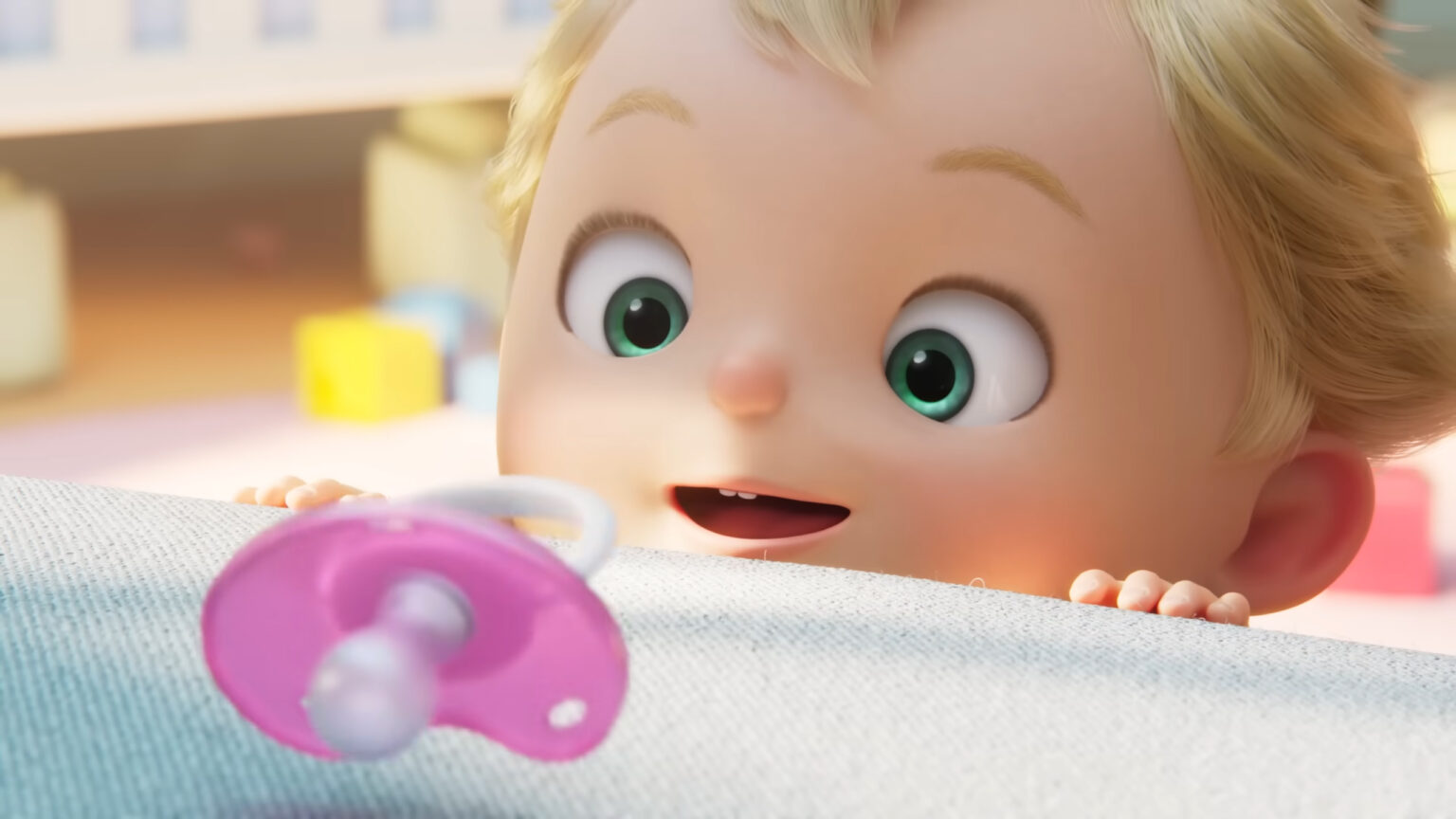Yesterday, the Nintendo 2DS was announced to the world with some gamers scratching their heads, and the Internet having to reassure its viewers that it wasn’t some sort of April Fool’s joke. On the surface, it appears that Nintendo is moving backwards with its newest member to the Nintendo 3DS family. In fact, it’s almost as if the 2DS is the red-headed stepchild of the family, and maybe Nintendo is simply releasing it so the Internet has something else to make fun of instead of the Wii U.
But that’s not what the 2DS is all about. Sure it’s design seems funky initially, forgoing the traditional clamshell that has made the DS console a worldwide best seller. So who exactly does the 2DS appeal to? If you’re reading this article, probably not you. But if you’re reading this article and have kids, take a good look at them.
With a starting price tag of $129.99, the Nintendo 2DS is a very attractive option for parents, and even budget gamers. You have access to the entire 3DS library, and for those that don’t care about the 3D feature, you’re set. And then there’s the gamers that prefer to have a handheld console while lounging around in bed or even on the couch, and don’t care as much for portability. The 2DS offers access to a library of games for a pretty competitive price. Hell, an OUYA costs you $30 less and it’d be hard to argue that the offerings on the OUYA trump the 2DS. But none of those reasons are really why the Nintendo 2DS makes complete sense.
Imagine you’re a kid growing up in this era — an era full of touch screen-enabled, innovative, and intuitive devices such as the Apple iPad and Google Nexus. To shut you up while it’s dinner time, your parents hand you an iPad. By the ripe old age of two, you’re already navigating your way around iOS, opening the games you want to play, and talking with Elmo like it’s no big deal. Nintendo, with its 3DS, isn’t targeting young gamers under the age of seven, because it can’t. While the 3D feature can be disabled, it’s another hurdle that a parent has to go through. Instead, Nintendo goes and offers the 2DS: a more durable, cheaper device that younger kids can enjoy.
But here’s the thing, the longer it takes a kid to learn about a gaming console, the less likely that child will grow up understanding them. Sure, in our day of age we had the good ‘ol black and white Gameboy to keep us occupied. Kids these days have Plants vs. Zombies 2 on their iPad in full, high-resolution color. It’s a different world where a d-pad and buttons are foreign to them. One could argue that by the time a child can safely play a 3DS, they wouldn’t want to. It just wouldn’t make sense to them, despite the fact that the bottom screen on the 3DS is touch screen enabled. So Nintendo wants to get those kids before that happens. Before they believe that everything in this world should revolve around touch. Before they grow up never knowing who Mario is.
And that’s where the 2DS comes in. An iPad is an expensive device, even the iPad Mini. The new Google Nexus 7 ($229) is also expensive compared to a Nintendo 2DS. The 2DS had to be designed to be more durable and less portable for a reason. So what was Nintendo’s best option? Take its lower-end 3DS, remove all the components that are costly to manufacture, and offer a compelling, cost-effective system on the market. Look, if you’re looking at the 2DS and laughing at its design, it’s clearly not made for you. It’s probably not made for your friend either. It’s made for your child, or your future child, or your friend’s child.
It’s no coincidence that the 2DS will be released on October 12, the same day that Pokemon X and Pokemon Y will be available. Nintendo can deny it all they want, but this is a sure fire way to get kids into Pokemon without breaking the bank account. And once you’ve got a kid hooked on the Pokemon franchise, we all know what happens after that.
The release of the 2DS is not a sign that Nintendo is abandoning 3D technology, nor is it a sign that it’s admitting that 3DS is a market failure (because it’s not). It’s a sign that Nintendo acknowledges that mobile devices and tablets are and will cut into its market share and that acting now is the only way to ensure its future is has Nintendo gamers. Neglecting the younger age demographic now only turns problems worse once those gamers grow up. Admittedly, if you’re a Nintendo fan in 2013, it’s because you grew up enjoying the likes of the Mario series, The Legend of Zelda series, and even the Metroid series. For some down-to-earth goodness fun, Nintendo is the way to go. It always has been, and it always will be.
But if the Nintendo 2DS doesn’t exist, some of those gamers will never know that Nintendo is synonymous with fun. They’ll think iPad is synonymous with entertainment. Worst yet, they’ll think Plants vs. Zombies 2 is the best the gaming world can get. Of course, Plants vs. Zombies 2 is pretty darn fun, but it’s no Mario Kart.
For those interested in the Nintendo 2DS, the company has released more information on the device. The top and bottom screens are identical to the one found on the normal 3DS in terms of size and it will come with a 4 GB SD memory card. The pair of outer cameras and one inner camera is also included – the pair of outer cameras being necessary for the 2DS’ augmented reality games. Of course the motion sensor and gyro sensor are also built in, which are necessary for some of the handheld consoles’ games. Sleep mode is activated through a switch, since you can’t exactly close the console, and it will weigh in at 260 grams – lighter than the 3DS XL (336 grams), but slightly heavier than the 3DS (235 grams).
As for audio, Nintendo had to skimp out there with just Mono speakers, though Stereo output is available with headphones. Battery life on 3DS games will range from 3.5 to 5.5 hours, slightly better than the 3DS, but less than the 3DS XL. Battery life on standard Nintendo DS games (the 2DS is also backwards compatible) is estimated to be between five to nine hours.
So is the 2DS really hideous in design as other websites are reporting? Well, that’s up to you obviously, since the topic of design is subjective. But when all you’ve known in your world are tablet devices such as the iPad, the 2DS isn’t very hard on the eyes. Yes, the iPad is cleaner and more sleek, but it also doesn’t have a d-pad and buttons. The point is, we’re spoiled by the clamshell design of the 3DS, which makes the 2DS look so strange to us. If you’ve never set eyes on a 3DS, chances are the 2DS looks like a natural device to you; hopefully a device you’ll want to pick up and play.





